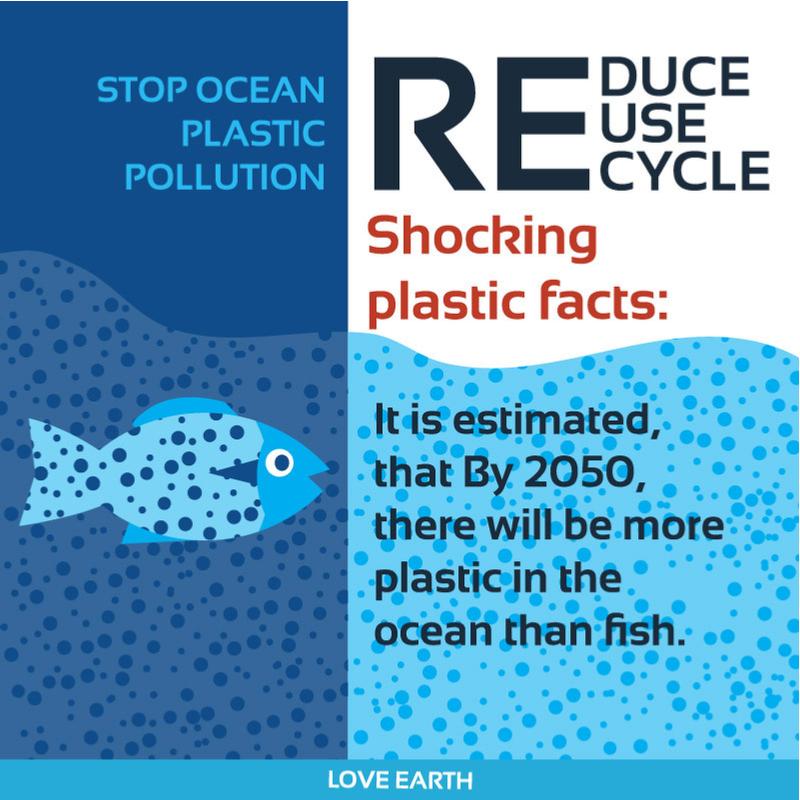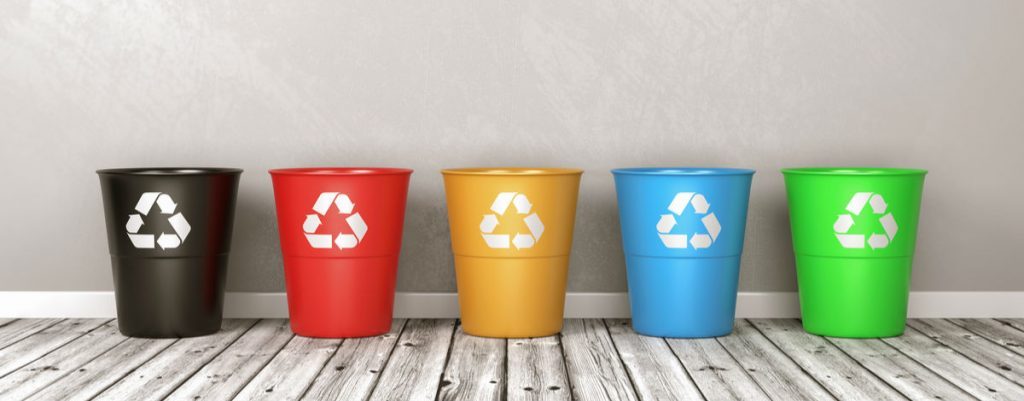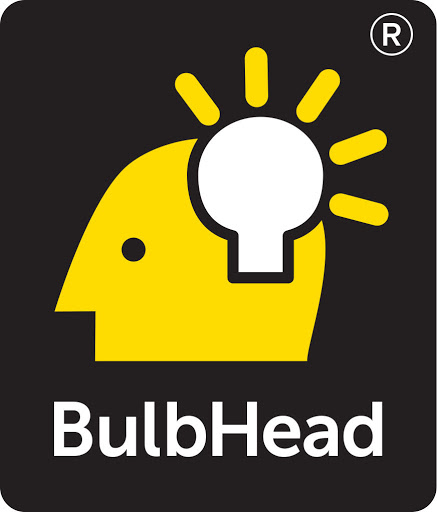Plastic is everywhere. It holds food and leftovers, it lines milk cartons and aluminum cans and holds chemicals. I know. I probably sound like Captain Obvious. But are you really aware of how much plastic you use during the day?
A Personal Experiment
The other day, I forced myself into plastic awareness. I kept a plastic shopping bag with me and collected all the plastic I normally would have disposed of in the trash. I’m not talking about plastic bottles or anything. For breakfast, I had coffee in my travel mug but used a plastic stirrer straw. Lunch for the day was Tofurkey on seeded bread. The Tofurkey package had an outer cardboard box (recyclable) and an inner plastic vacuum-sealed pouch (recyclable). I had also wrapped my sandwich in aluminum foil (also recyclable). Later in the afternoon, I finished a bag of baby carrots. The bag was plastic (again, recyclable). And I drank my hot cup of tea in a paper cup with a plastic sip top and plastic stir straw (recyclable x2). Plus, I had several miscellaneous plastic straws I used to sip water throughout the day. By the time I got home, I had half a baggie of plastic that would have otherwise ended up in a landfill.
I was distraught. It sounds crazy, I know. I knew that those things were plastic, yet never thought to recycle them or recognize them as such. My anxiety levels elevated because it hit me that I was physically part of the plastic pollution problem plaguing our world. Sure, I recycle. But I wasn’t recycling everything I should have been recycling.

End Plastic Pollution: Earth Day 2018
This year’s Earth Day campaign is putting an end to plastic pollution. Since plastics are inexpensive, they’re everywhere. And they’re not biodegradable.
Plastic pollution negatively impacts the environment. It kills plants, plastics leach toxic chemicals into the water, and it destroys ecosystems and habitats. And it hurts humans. When we burn plastic to try getting rid of it, we pollute the air.
Our land isn’t the only thing hurting. Our oceans are suffering immensely. Have heard of the Great Pacific Garbage Patch? It’s an island of plastic pollution, that’s 2x the size of Texas. Half the pollution found in the oceans is from commercial fishing vessels. Broken or ripped nets are easily disposed into the ocean, many of which are made of plastic. Birds and sea life chow down on plastic, which they can’t digest. So, it sits in the animal’s stomach making them feel full. And because of that full feeling, they don’t eat. Instead, the animals suffer from malnourishment and starvation.
Little Changes You Can Make To Reduce Your Plastic Footprint
- Instead of using plastic shopping bags at the supermarket, bring your own reusable cloth bags or this handy cart with large storage bag.
- Rather than drinking from a plastic water bottle, bring a refillable travel cup.
- If you’re buying bulk bottles of water for home use, try switching to a water filtration carafe.
- Keeping a set of utensils at the office prevents grabbing for the disposable plastic utensils on your lunch break.
- Recycle everything you can. Even though recycling doesn’t make plastic disappear, it isn’t polluting the Earth or sea.
- Contact your government representatives. Right now, plastic is cheap and convenient, which outweighs the damaging effects on many peoples’ minds. Urging representatives to initiate laws, acts, or guidelines is a step in the right direction. And take a moment to sign the End Plastic Pollution Petition.

Reducing plastic pollution is a global effort. Everyone must be on board in this mission. And we all must be accountable. After all, we are stewards of this Earth. Remember that this Earth Day.
What do you plan on doing to reduce your plastic pollution?
